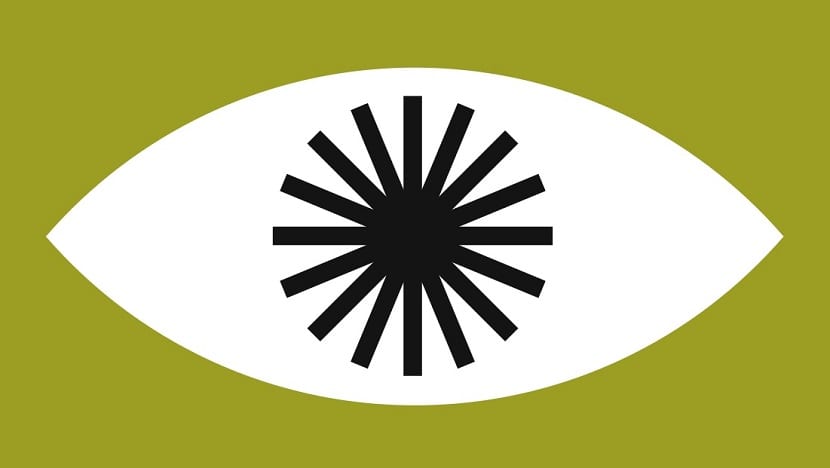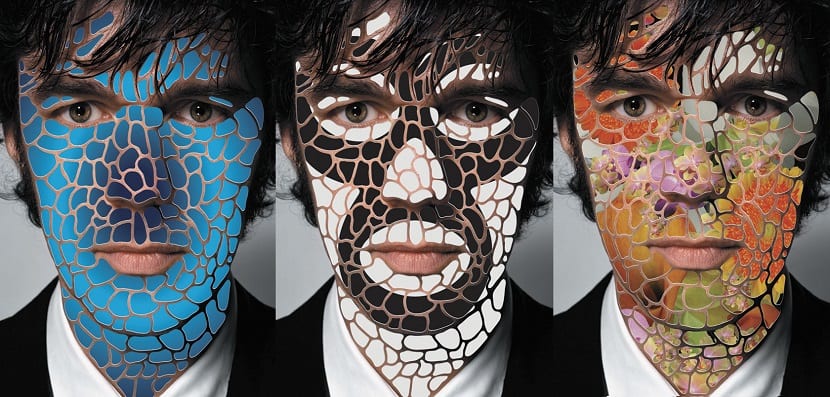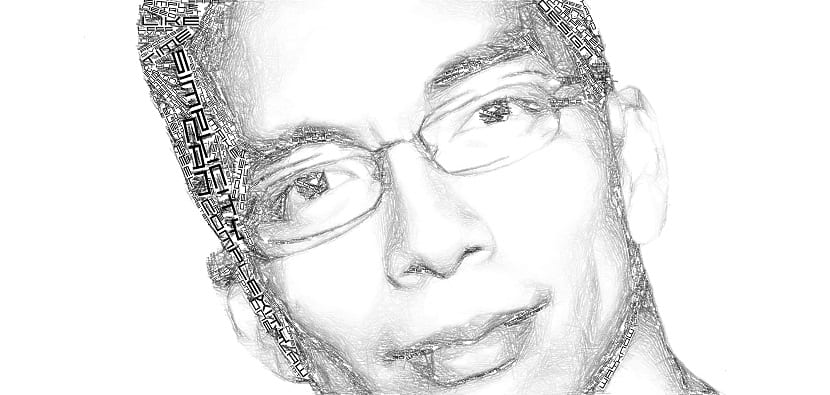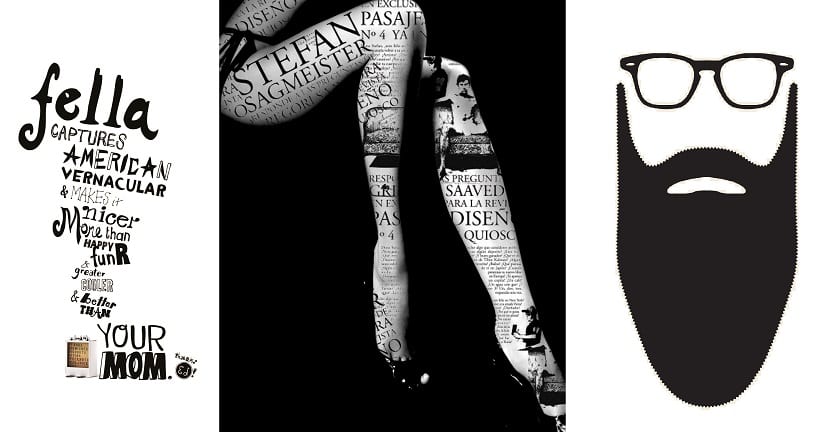Mastery of a technique is mainly due to to practice and improve it over time, but that does not mean that at some point the artist gives it a twist and wants to disrupt everything that has been done up to that moment to find another place to pour all his art and visual ingenuity.
Now, 5 legends of graphic design that at some point radically changed your artistic chores for something more radical and surprising.
Muriel cooper

Muriel Cooper started in 1952, worked for the publishing office of the Massachusetts Institute of Technology (MIT), and became art director at MIT. Design classic books such as Bauhaus by Hans Wingler and the first edition of Learning from Las Vegas.
Cooper received his first computer classes in 1967 and he saw great potential as a creative process, beginning the second phase of his career: applying his design skills to computer screens.
With Ron MacNeil, Cooper co-founded the Visible Language Workshop research group in 1975 which later became part of the MIT Media Lab. Designing and being the thinking mind, encouraged his students to use technology to present well-designed information.
In 1995, for the first time, computer graphics were displayed in three transparent dimensions, instead of the typical Windows interface of panels superimposed one on top of the other like letters. He had a huge impact getting Bill Gates interested in his work.
Michael vanderbyl

Apart from graphic design, Vanderbyl also designs furniture, showrooms and all kinds of designs. It has proven that if you know how to design, you can design anything.
Vanderbyl started his design firm in San Francisco in 1973. His work combined simple typography with postmodern elements such as pastel palettes, diagonals or textures.
Vanderbyl is interested in working in 3D. When one of his biggest clients didn't have the money to hire an architect, he came up with his own showroom design. To this day he has continued to design these types of rooms.
Ed fella

One of the phrases that Fella most pronounced to his students: «do something you've never done before«. An important notice to expand one's own horizons and that describes the career of this graphic designer.
For 30 years he worked at an ad design studio in Detroit out of frustration thatwhich meant the lack of personal expression at your job.
At the age of 47, he quit his job and graduated from school in Cranbrook. Then went to CalArts (California Institute of the Arts). His work was influenced by Dada and surrealism with hand-created designs. During the era of computer-generated design, Fella followed his own path through his arts in drawing.
Stefan Sagmeister

Sagmeister's idea to make an impact is always creating a reaction in the one who observes his graphic works.
Sagmesiter launched his own study in 1993 focusing on design for music. His designs are found for famous musicians such as Lou Reed, Pat Metheny, David Byrne and the Rolling Stones.
With the decline of CDs, he had to reinvent himself and began to incorporate other plastic shapes to return with an art exhibition called "The Happy Shot", where visitors can "enter his mind" to seek happiness.
John Maeda

Maeda became a user interface designer after passing through the Massachusetts Institute of Technology (MIT). After reading "Thoughts on Design" by Paul Rand, his career hit a whole change.
Maeda took the humble message of Rand's book very seriously: understanding the computer does not necessarily make one a good designer. He began studying graphic design in Japan, where he incorporated traditional design concepts and skills into his knowledge of computers.
He wrote a book, The Laws of Simplicity, which shows your hope that technology simplifies our lives instead of complicating it. In 2008 he became president of design for the Rhode Island School
